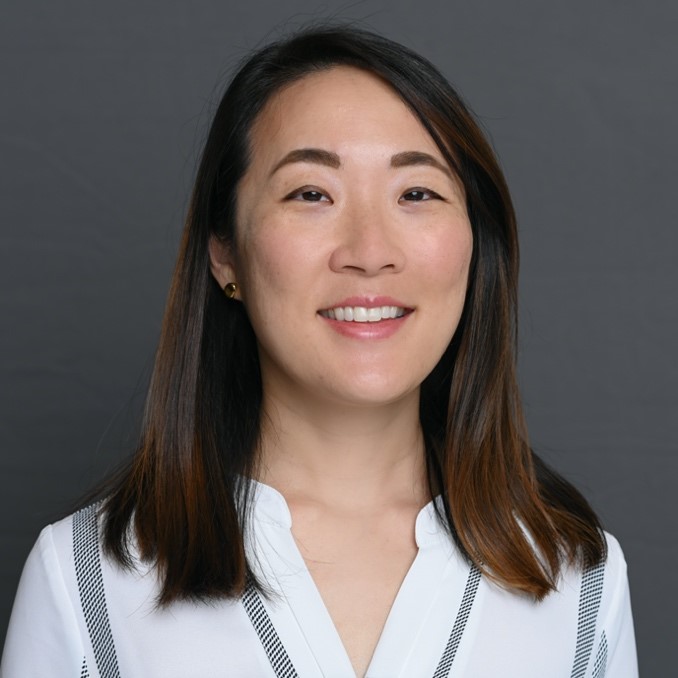The Pandemic and the Growing Myopia Problem

Sylvia H. Yoo, MD, FAAO, FAAP
January 28, 2021
“Why does my child’s prescription change every year?”
This is a question I am hearing more frequently in my practice from parents of children who have nearsightedness (myopia).
Many of these parents are myopic, including a few who are familiar with the risks of progressive myopia because they or another family member have experienced a retinal detachment or other complication of high myopia. Some parents and their children become anxious when they hear their prescription has changed again.
The growing myopia problem has been a concern for quite some time, and it has received even more attention now that so many people are spending more time online for school and work.
“Pediatricians play a crucial role in screening for vision problems and eye disease, including identifying children with myopia and potentially those who are at risk of developing it.”
During the COVID-19 pandemic, the transition to virtual school has shifted the duration of near-work activities (using a computer, for example) and outdoor play for children. Children are spending a lot more time on computers, especially if they are taking virtual classes. They may not be taking enough breaks, going outside as often as they used to do, and resting their eyes.
That can take a toll on their eyesight.
While the need to change glasses has a direct cost and the child becomes more dependent on their glasses, the concern also includes the increased risks of retinal detachment, as well as cataract, glaucoma, and myopic macular degeneration, which may result in vision loss that can no longer be corrected with glasses. In particular, high myopia, which affects 15% of adults with myopia and is defined as more than 5.00 diopters myopia, is associated with the greatest risk of these complications.
Myopia is a common ocular condition that typically develops in the first two decades of life. Its prevalence has increased from 25% of Americans in the 1970s to 42% in the 2000s. Worldwide, the prevalence was 23% in 2000 and is projected to be 50% by 2050.
The potential socioeconomic impacts and effects on quality-of-life due to visual impairment are cause for alarm and require a concerted effort for a better understanding of the reasons as well as ways to reduce the rate of myopia development and progression.
While it has long been known that there is a genetic component in childhood myopia development, a growing body of new evidence has found that environmental factors play a more significant role in the myopia epidemic, specifically reduced outdoor time and increased near-work activities, including school work, reading, and screen time, starting at a young age.
Parental myopia and a younger age (5 to 8 years) at myopia onset may identify those children to monitor more closely, as they are more likely to have progressive myopia.
Interventions that have been shown to slow myopia progression include specialized contact lenses and atropine drops, as well as increasing outdoor time. Long-term outcomes are still under investigation. It is notable that the bulk of this research has been conducted in East Asia, where the prevalence of myopia and high myopia has increased more dramatically than in other regions.
The American Academy of Ophthalmology has coordinated a global health initiative to work on education, advocacy, research, and public health initiatives to address and mitigate an international challenge of this enormity. This effort will require pediatricians, as well as school authorities and public policy makers to increase awareness and understanding.
Pediatricians play a crucial role in screening for vision problems and eye disease, including identifying children with myopia and potentially those who are at risk of developing it.
We also can help by reminding parents to urge their children to take frequent screen breaks to rest their eyes and to go for walks and bike rides with them whenever possible. They can encourage children to put down their smartphones and play a board game, walk the dog, or help make dinner.
*The views expressed in this article are those of the author, and not necessarily those of the American Academy of Pediatrics.
About the Author
Sylvia H. Yoo, MD, FAAO, FAAP
Sylvia H. Yoo, MD, FAAO, FAAP, is an assistant professor of ophthalmology at Tufts University School of Medicine in Massachusetts and practices pediatric ophthalmology at the New England Eye Center at Tufts Children’s Hospital. She also is a member of the Executive Committee of the American Academy of Pediatrics Section on Ophthalmology.